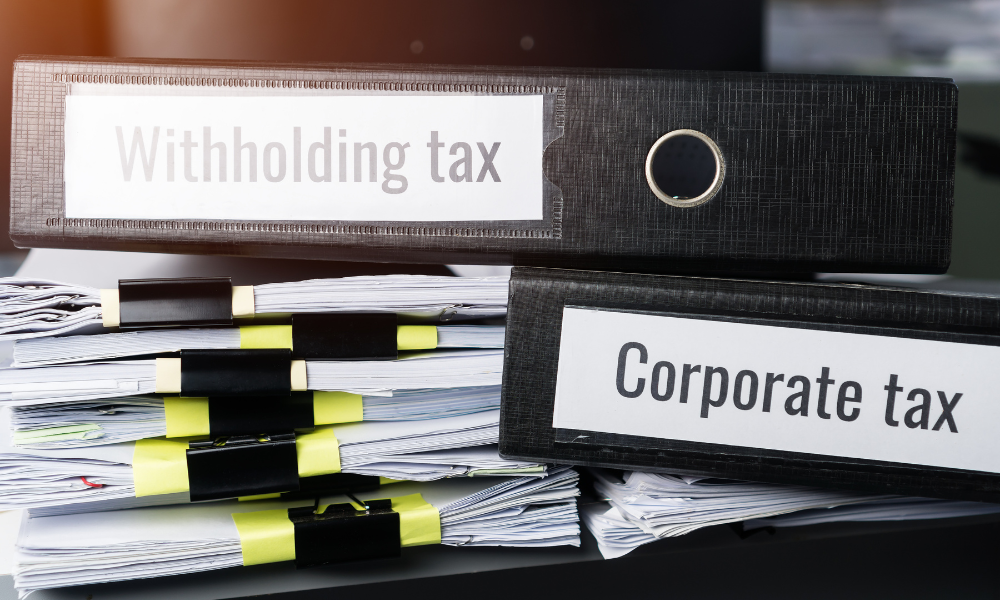When an employee suffers an occupational or non-occupational accident or illness, the law provides for many benefits. One of these is long-term disability insurance or benefits.
It’s important to know what long-term disability is and its relationship with the other disability benefits, whether you’re an employee or an employer.
This is to prepare everyone in case an unfortunate event occurs to an employee, either in or out of work.
What is long-term disability in Canada?
Long-term disability benefits in Canada are benefits provided to employees who suffer from an accident-causing injury for a longer period.
Also called LTD benefits, these benefits are offered both by private employers and certain government programs. Each program or entity that offers long-term disability benefits will differ from each other.
Every program outlines eligibility, payment of premiums, application process, and benefits to be received.
How LTD benefits work
Long-term disability benefits depend on the insurance policy or government program you’ve applied for. As such, it’s important to know the rules upon enrolling in a policy or a program.
Long-term disability benefits will only start after the end of your short-term disability benefits. It usually comes in after a medical determination will say that your illness or injury is of long-term or of indefinite duration.
The LTD policy will also dictate what injuries, illnesses, or diseases are covered.
In most insurance policies or government programs, LTD benefits are given for 2 years, or until you reach 65.
What is long-term disability for each policy or program?
Below are some of the insurance policies and government programs that offer long-term disability benefits in Canada.
Some of these policies and programs will differ in their definition of “long-term disability” to become eligible for its benefits.
Canada Pension Plan (CPP)
While the CPP mainly provides retirement pension, it also offers long-term disability benefits (called CPPD), but only if the employee is qualified.
Under the CPPD, a long-term disability must be “severe and prolonged”. This means that:
- the employee’s mental or physical disability must prevent them from working
- the disability must not only be “long-term” in nature but also indefinite or will likely result in death
Workers' Compensation Board (WCB)
Each provincial and territorial WCB has long-term disability benefits for eligible employees. Every WCB will have its own standard of “long-term disability”.
For instance, long-term disability benefits in Ontario under its Workplace Safety and Insurance Board (WSIB) requires that:
- the employer is covered by the WSIB
- the employee’s injury or illness must be work-related
The reporting requirements of the WCB must also be followed. This is a procedural requirement for approving disability claims.
Private insurance policies
A private, group, or employer-provided insurance policy will also have its own interpretation of a long-term disability.
Since these are always contractual in nature, the insurance policy or contract itself will define what the covered illnesses, injuries, and diseases are. It will also specify the period that it considers as “long-term” (e.g. 3 months, 6 months, or 1 year).
Here’s a short video explaining private long-term disability benefits and how they compare to short-term disability benefits:
For more details on long-term disability, reach out to a lawyer in your area. If you’re from the Toronto, Vaughan Mississauga, and Barrie areas, contact one of the Lexpert-Ranked best long-term disability lawyers in Ontario.
Who qualifies for long-term disability in Canada?
Each insurance policy and government program has its own standards and procedures in assessing who qualifies for long-term disability benefits in Canada.
They must be below 65 years old and have contributed enough premium payments to the policy or program to be eligible. The disability must also fall under the definition of “long-term disability” as defined in the policy or by the program they’re applying under.
These benefits are not automatic; there is an application process to follow.
For appeals and contests about the decision as to benefits or calculations, there’s also a separate procedure for this. At this point, it’s important to be represented by a long-term disability lawyer.
Can you collect LTD benefits and other benefits at the same time?
Collecting long-term disability benefits in Canada together with other disability benefits is usually not allowed. In most cases, one benefit will be reduced to the amount received from the other.
Below are some of the implications of one’s LTD benefits against another:
Private LTD and other disability benefits
Majority of private long-term disability benefits in Canada will offset the other benefits received from other sources. This will happen either for benefits sponsored by the employer or bought individually, especially when the insurance policy bears an “offset clause”.
CPPD and WCB disability benefits
The permanent disability benefits that employees receive from their provincial or territorial WCB will be reduced if they’re also receiving CPPD for the same disability.
This is the policy in most WCBs; it is still best to check first-hand with the WCB.
For example, under BC’s WorkSafeBC, they will deduct 50% of the CPPD from the WorkSafeBC permanent disability benefits if it’s for the same injury or disability.
CPPD is not deducted from the other benefits received from WCB (e.g. WCB wage or income replacement).
Employment Insurance (EI) and other benefits
EI benefits are sickness benefits that employees may receive up to 26 weeks (about 6 months). They can receive 55% of their average weekly insurable earnings up to the largest amount of $668 per week (for the year 2024).
However, if an employee is already receiving CPPD benefits, the EI earnings may be reduced by how much CPPD benefits they’re also receiving.
This applies to benefits from the WCB, but only the temporary wage or income replacement benefits have value as earnings for EI benefit purposes.
As a result, the following WCB benefits are not considered as earnings and have no impact on your EI benefits:
- lump-sum benefits or pensions
- payments for injury or illness-related expenses
- payments for permanent impairment
Contact the best long-term disability lawyers in Canada as ranked by Lexpert if you have more questions on what is long term disability under Canadian laws.





